 Creamy and rich
Creamy and rich
Step into the vibrant world of Indian cuisine, where an explosion of flavours awaits in every mouthful of this Tofu Curry. This recipe marries the tender succulence of tofu with the rich tapestry of aromatic spices and a harmonious blend of curry powder. It’s a culinary symphony that balances textures, tastes, and cultures, promising a dining experience that transcends borders and tantalizes the senses.
In this Tofu Curry, the tofu takes centre stage, transformed into crispy, spice-coated nuggets that play in perfect harmony with the sumptuous curry base. It’s a dish that caters not only to vegetarians seeking a hearty, satisfying meal but also to culinary adventurers eager to explore new dimensions of flavour.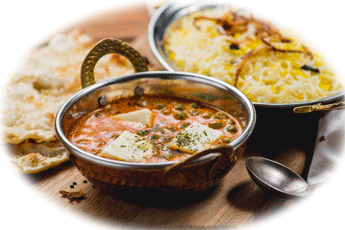
From the moment the spices hit the hot pan, releasing their intoxicating aroma, to the finishing touch of creamy garam masala, this recipe invites you to embark on a sensory journey, a culinary pilgrimage to the heart of India. As you savour each bite, the intricate blend of textures and tastes will mesmerize your taste buds, creating a memorable dance of sweet, savoury, and spicy notes.
Whether you’re a seasoned cook or a novice in the kitchen, this Tofu Curry invites you to share in the magic of Indian flavours. It’s a dish that brings people together, transcending cultural boundaries and creating a warm, inviting space at the table. So, join us as we unlock the secrets of this delectable Tofu Curry, and prepare to be transported to a world where every bite is an adventure, and every meal a celebration of the senses.
So lets put on our aprons, take out the spices and Tofu and step into the exotic world of rich and comforting Indian food. Lets make Tofu curry

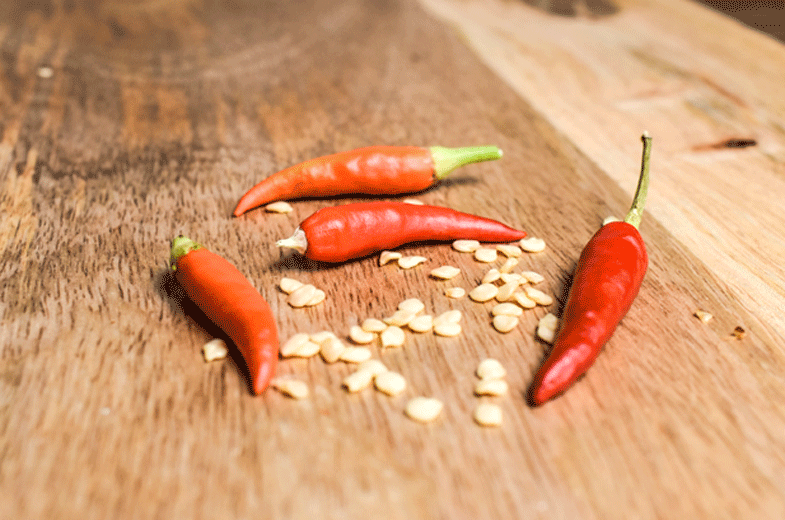
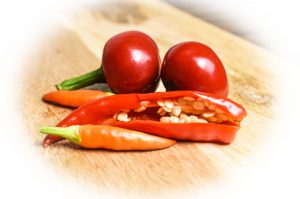
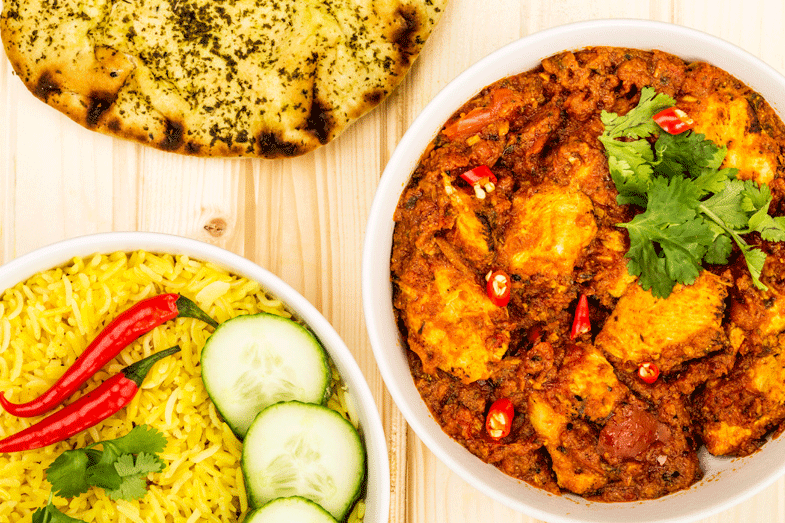 Bold and robust flavour
Bold and robust flavour with layers of complexity and depth, making every bite an adventure in taste.
with layers of complexity and depth, making every bite an adventure in taste. Using your harvest
Using your harvest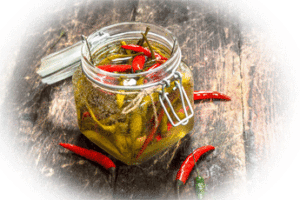 extraordinary
extraordinary 
 that would forever transform the
that would forever transform the 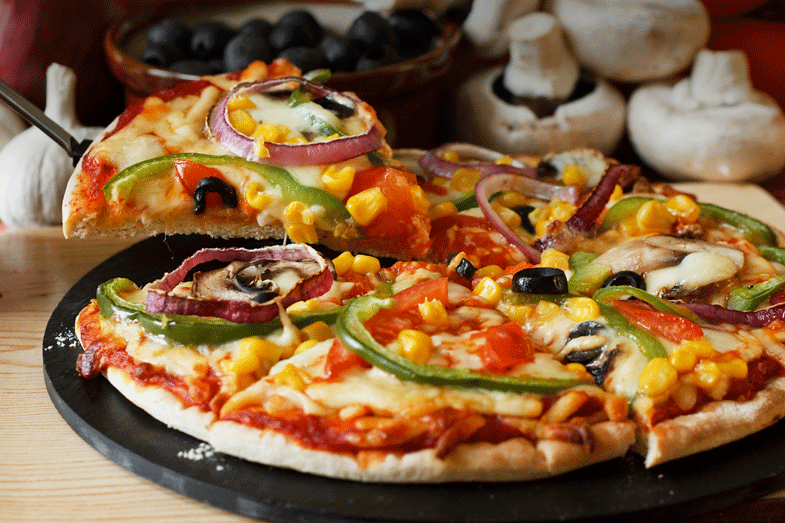

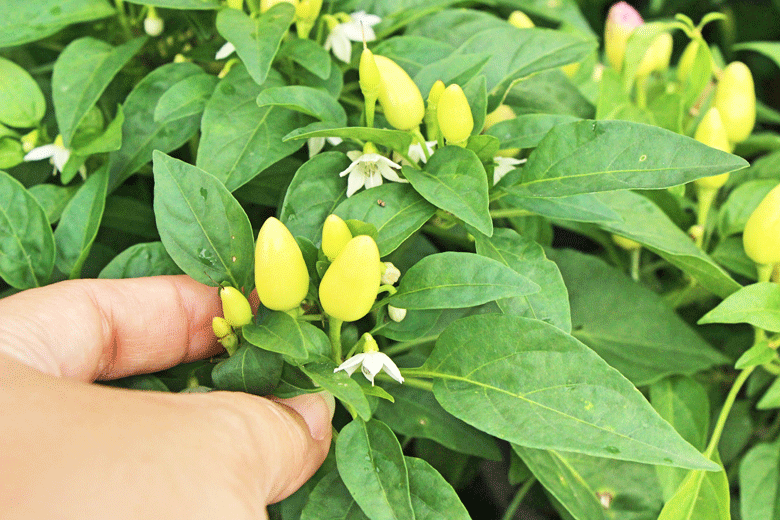
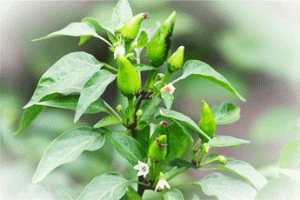 phosphorus takes centre stage due to its specific importance.
phosphorus takes centre stage due to its specific importance. What do Chillies taste like?
What do Chillies taste like?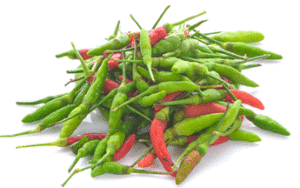 mild heat and rich, earthy taste, are also favourites in Mexican cuisine. These sweet and mild chillies provide a delightful balance in various culinary creations.
mild heat and rich, earthy taste, are also favourites in Mexican cuisine. These sweet and mild chillies provide a delightful balance in various culinary creations.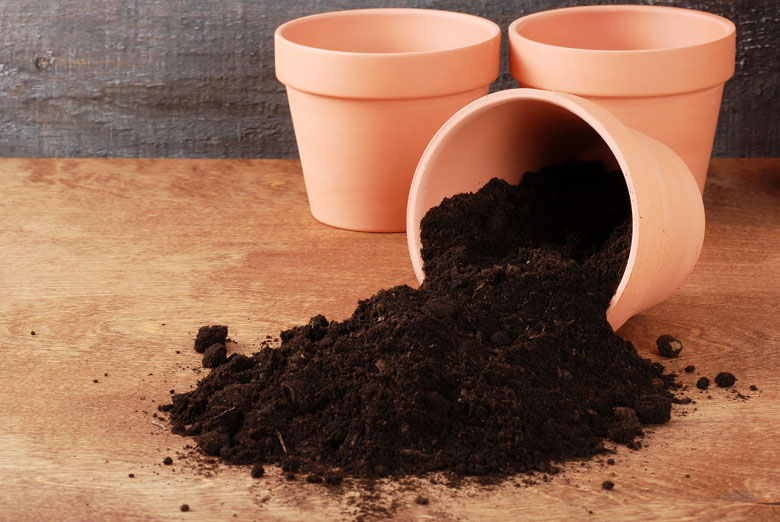 Hardening off
Hardening off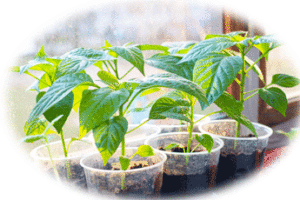

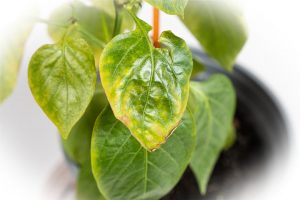 healthier growth in these plants.
healthier growth in these plants.